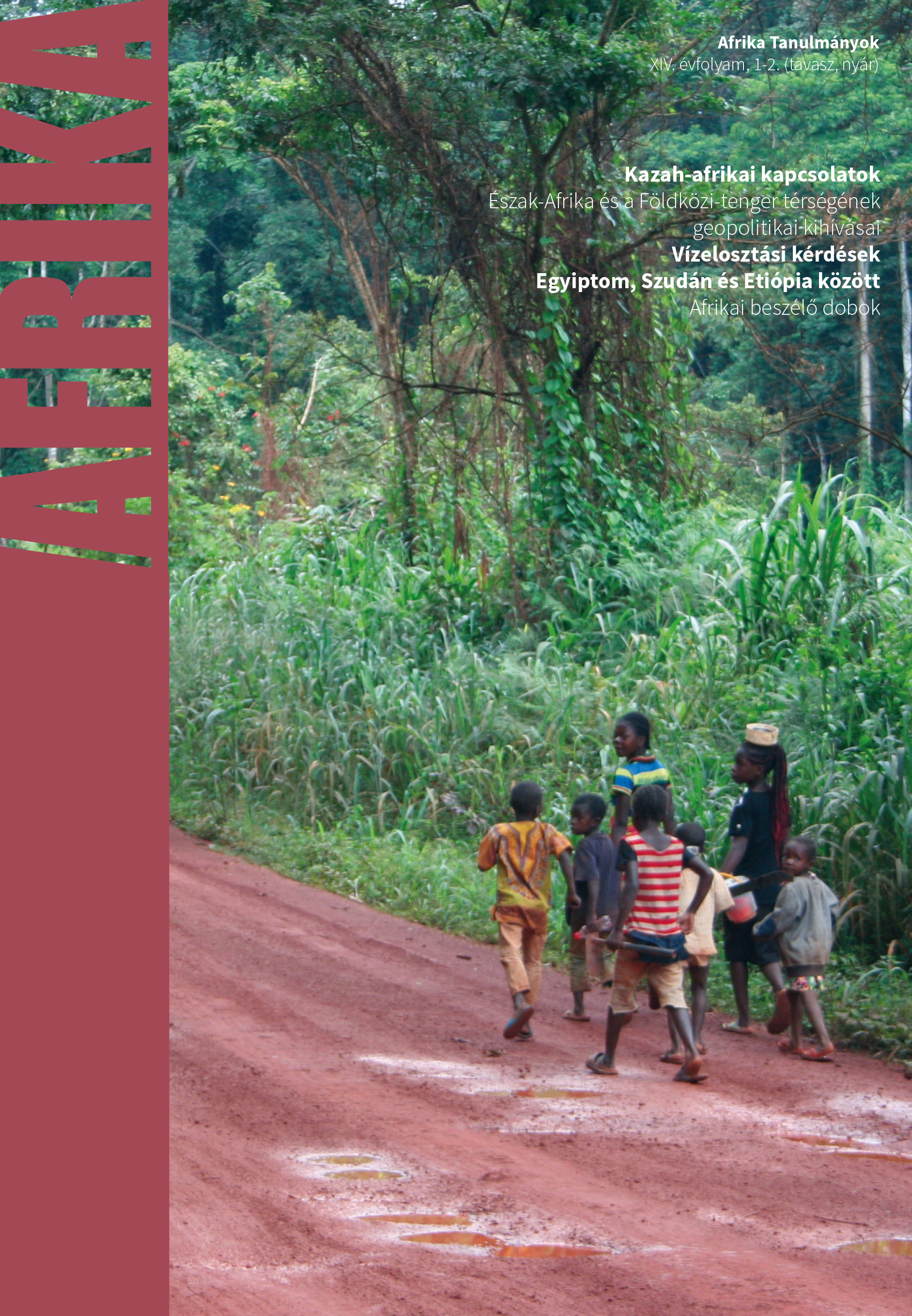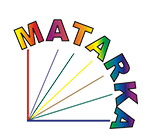Afrikai beszélő dobok
DOI:
https://doi.org/10.15170/AT.2020.14.1-2.5Absztrakt
An overview of the available historical data regarding the so-called “talking drums” leads to the general conclusion that their most prominent shared feature is their original use for communication. On the grounds of the migrations of various ethnic groups and the comparison of the different types of drums, a likely explanation for the distribution over West Africa of these drums must be sought in the phenomenon of the so-called stimulus diffusion, and the basic idea behind such instruments must originate in the region north of the Sahara; it is also possible that the origin of such instruments can be traced back to an Indian drum type. A comparison of the relevant data with the slitdrums, which also serve for communicative purposes, allows one to conclude that the membranophonic talking drums of West Africa mimicked the sounds of spoken language, while the idiophonic slitdrums of East and Central Africa must have originally been used for a concept-based coding of messages. It is the interaction of the two systems of communication that must have led to the diffusion of drum languages imitating the spoken languages among the ethnic groups using slitdrums. Unlike slitdrums, the various types of talking drums have proven quite resilient. Their survival is due to the tendency of the authentic musical traditions of the West African region to be transformed into popular music styles and thereby perpetuate themselves not only within the region but also at musical events and the music industry of the West, where they find an appreciative audience. Having lost their communicative function and acquired a new role as musical accompaniment, they survive in their natural environment as well as in the role of exotic instruments at various world music festivals.
Downloads
Megjelent
Hogyan kell idézni
Folyóirat szám
Rovat
License

This work is licensed under a Creative Commons Attribution-NonCommercial-NoDerivatives 4.0 International License.
















